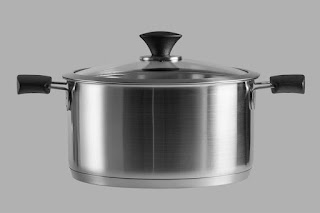Stainless steel material is a kind of material, with close to mirror brightness, hard and cold touch, belongs to the more avant-garde decorative materials, with excellent corrosion resistance, formability, compatibility and toughness and other series characteristics, used in heavy industry, light industry, household goods industry and building decoration and other industries.
Stainless steel is referred to as stainless steel, it is composed of stainless steel and acid-resistant steel two parts, in short, can resist atmospheric corrosion steel called stainless steel, and can resist chemical medium corrosion steel called acid-resistant steel. Generally speaking, steel with a chromium content of more than 12% has the characteristics of stainless steel. Stainless steel can be divided into five categories according to the microstructure after heat treatment: ferritic stainless steel, martensitic stainless steel, austenitic stainless steel, austenite-ferrite duplex stainless steel and precipitation-hardened stainless steel.
Stainless steel equipment production process will appear damage, defects and some affect the surface of the material, such as: dust, iron powder or embedded iron, hot tempering color and other oxide layers, rust spots, grinding burrs, welding arc marks, welding splash, flux, welding defects, oil and grease, residual adhesive and paint, chalk and marker pen marks. The vast majority of them are ignored or poorly done because of their harmful effects. However, they are potentially harmful to the oxide protective film. Once the protective film is damaged, thinned or otherwise altered, the stainless steel underneath will begin to corrode. Corrosion is generally not throughout the surface, but at or around the defect. Such local corrosion is usually pitting or crevice corrosion, both of which develop to depth and breadth, while most of the surface is not eroded.
Matrix classification
1. ferritic stainless steel. Chromium 12% ~ 30%. Its corrosion resistance, toughness and weldability increase with the increase of chromium content, and its resistance to chloride stress corrosion is better than other kinds of stainless steel.
2. austenitic stainless steel. Chromium content is greater than 18%, but also contains about 8% nickel and a small amount of molybdenum, titanium, nitrogen and other elements. Good overall performance, can resist a variety of media corrosion.
3. austenite-ferrite duplex stainless steel. It has the advantages of austenitic and ferritic stainless steel and has superplasticity.
4. martensitic stainless steel. High strength, but poor plasticity and weldability.

评论
发表评论